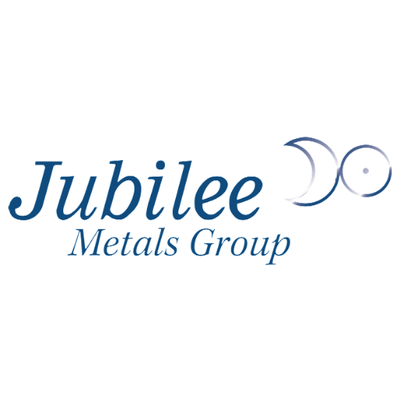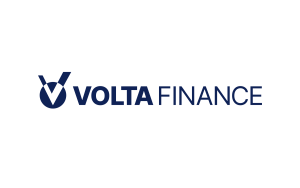Copper is hinting at shifts that could redraw global trade maps beneath the surface.
The past week has seen copper emerge from its routine ebb and flow and find itself at a policy fulcrum driven by two of the world’s most consequential economies. In London and Shanghai, futures have crept higher, buoyed not by speculative fervour alone but by tangible signals of sturdier consumption in the United States and the prospect of renewed buying in China. US retail sales surprised on the upside, falling jobless claims painted a firmer labour market and the Federal Reserve’s narrative of imminent rate cuts has lost some of its momentum. Markets interpreted these developments as a vote of confidence in industrial demand, pushing three-month copper on the London Metal Exchange ahead of recent levels, while Shanghai contracts likewise nudged upwards.
At the same time, inventories in key Asian hubs have climbed, suggesting traders are positioning for a fresh wave of Chinese imports once policy support resumes. Gwangyang in South Korea and several warehouses in Taiwan have reported notable stock builds, hinting at preparations for what many expect will be Beijing’s next round of infrastructure stimulus and property sector support. Even as Chinese mills have pared back purchases amid a mid-year lull, the underlying demand for wiring in renewable energy projects, data-centre cooling systems and electric vehicles remains intact. Should that latent appetite awaken more vigorously, a tighter supply profile could emerge, especially with mine expansions lagging.
Overlaying these developments is the spectre of a sweeping US tariff on refined copper imports set to land on August 1. A 50 per cent levy would represent one of the most severe trade interventions in recent memory for a commodity that underpins modern electrification and construction. The impending measure has already reshaped flows, as traders raced to reroute shipments into US free-trade zones to exploit pricing dislocations or secure temporary exemptions. In so doing they have inflated domestic inventories, effectively building a buffer against the rule’s introduction but also sowing the seeds of a potential glut.
This dislocation underscores the increasing influence of policy on metal markets, where traditional fundamentals of mine supply and industrial demand are now interwoven with geopolitical manoeuvres. Countries with refined production capacity stand to benefit, while those reliant on exports face new headwinds. Chilean miners, responsible for well over half of US imports, are watching closely as Washington’s stance threatens to divert much of their output towards Asia and Europe. Meanwhile, domestic smelters in the US have signalled plans to accelerate capacity expansions, sensing an opportunity to capture margins that were previously ceded to overseas processors.
For long-term investors, these shifts present a complex tapestry of risks and possibilities. The rally in copper may not simply be a reflection of economic growth but a barometer of policy-induced supply constraints and the shifting geography of refining. If the US tariff persists unchanged, global scrap flows could be redirected, refining economics re-balanced and premium spreads between American and London prices recalibrated. That scenario would favour companies with integrated downstream operations or those capable of retooling scrap into refined output onshore.
Conversely, a policy reversal or narrower carve-outs could unleash pent-up inventories, driving a repricing of speculative positions and testing the resilience of producers whose cost curves lie closer to the marginal end. In China, meanwhile, the interplay between domestic environmental targets and central government stimulus could reignite import growth in the second half, offsetting some of the tariff-induced contractions in America. Such a dual-track market would reward nimble producers that can pivot between regions and clients, while also favouring derivative strategies that hedge across both futures boards and real-world arbitrage channels.
Jubilee Metals Group plc (LON:JLP) is a diversified metal recovery business with a world-class portfolio of projects in South Africa and Zambia. The Company’s expanding multi-project portfolio across South Africa and Zambia provides exposure to a broad commodity basket including Platinum Group Metals, chrome, lead, zinc, vanadium, copper and cobalt.











































